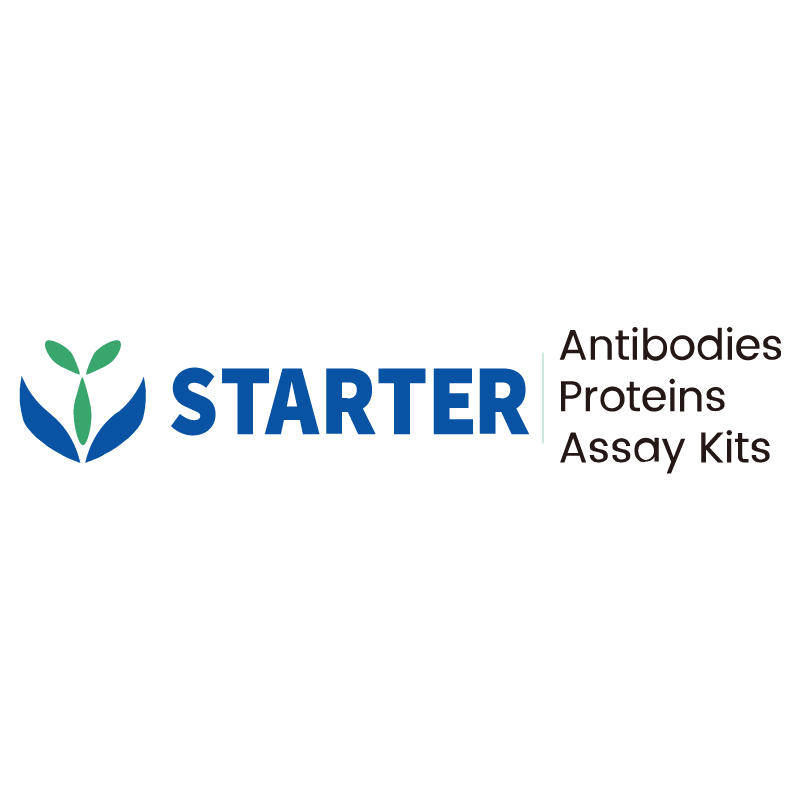WB result of Amyloid beta 1-40 Mouse mAb
Primary antibody: Amyloid beta 1-40 Mouse mAb at 1/1000 dilution
Lane 1: Amyloid beta 1-42 peptide 5 ng
Lane 2: Amyloid beta 1-40 peptide 5 ng
Secondary antibody: Goat Anti-Mouse IgG, (H+L), HRP conjugated at 1/10000 dilution
Predicted MW: 4 kDa
Observed MW: <10 kDa
Product Details
Product Details
Product Specification
| Host | Mouse |
| Antigen | Amyloid beta 1-40 |
| Synonyms | Amyloid-beta precursor protein, APP |
| Accession | P05067 |
| Clone Number | S-R269 |
| Antibody Type | Recombinant mAb |
| Isotype | IgG2b,k |
| Application | WB |
| Reactivity | Hu |
| Purification | Protein G |
| Concentration | 2 mg/ml |
| Conjugation | Unconjugated |
| Physical Appearance | Liquid |
| Storage Buffer | PBS, 40% Glycerol, 0.05%BSA, 0.03% Proclin 300 |
| Stability & Storage | 12 months from date of receipt / reconstitution, -20°C as supplied |
Dilution
| application | dilution | species |
| WB | 1:1000 | null |
Background
Amyloid beta (Aβ or Abeta) denotes peptides of 36–43 amino acids that are the main component of the amyloid plaques found in the brains of people with Alzheimer's disease. The peptides derive from the amyloid-beta precursor protein (APP), which is cleaved by beta secretase and gamma secretase to yield Aβ in a cholesterol-dependent process and substrate presentation. Aβ molecules can aggregate to form flexible soluble oligomers which may exist in several forms. It is now believed that certain misfolded oligomers (known as "seeds") can induce other Aβ molecules to also take the misfolded oligomeric form, leading to a chain reaction akin to a prion infection. The oligomers are toxic to nerve cells.
Picture
Picture
Western Blot


